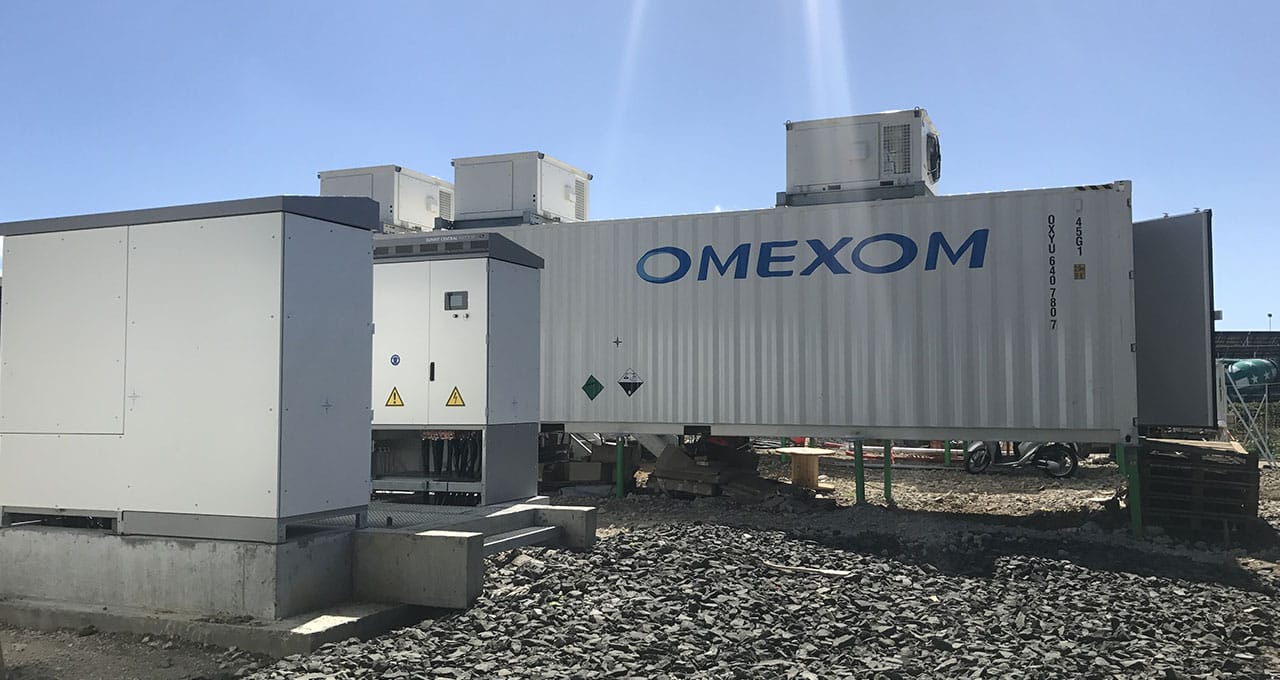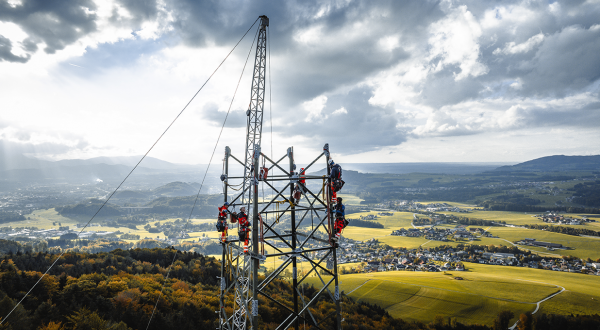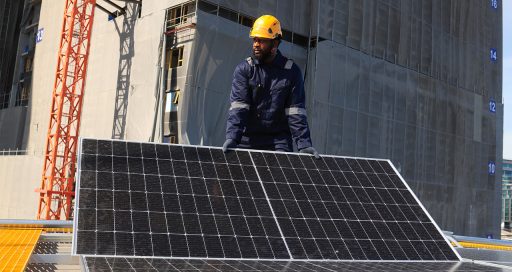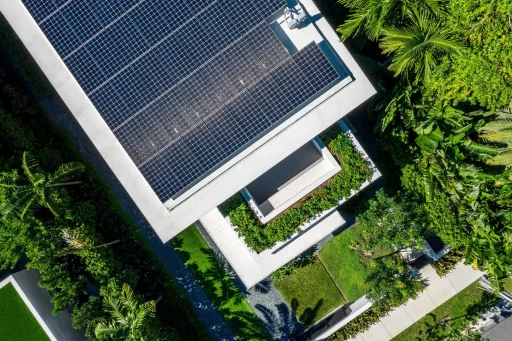Battery systems run by power grid operators provide an effective way, especially in non-interconnected island areas, to balance networks and compensate for the intermittent nature of renewable energies.![]()
In large geographic areas with interconnected grids, when one electricity network is overloaded it can receive power from another system in order to be able to continue supplying consumers with electricity. Conversely, if demand is lower than supply, the network will need to implement load shedding.
“The inviolable principle of grids is that demand must always match supply,” says Thibault Fauquant from Omexom Conversion & Storage (VINCI Energies). In mainland France, nuclear power stations are the main tool used for balancing the grid.
Omexom has carried out energy storage system installation projects on several French islands.
But this balance is harder to achieve in non-interconnected areas like islands where isolated systems cannot be backed up by external sources. Traditionally, these areas, which are almost entirely dependent on imported fossil fuels (gas, fuel oil, coal) for power, use generators to help the local grid meet peak demand.
The development of renewable energies provides a new energy supply source. But generation is intermittent and depends on sun or wind levels, resulting in grid stability issues.
Storing energy during the day for use at night
One answer is to roll out centralised storage facilities, which allow solar panel-generated energy to be stored during the day for use in the evening.

“This storage system is an attractive option for non-interconnected areas for several reasons,” explains Thibault Fauquant. “First, because it helps mitigate intermittent power production. In this respect, it acts as an additional tool for addressing the balancing issue. And second, it’s an effective way to stabilise the grid, which renewable energies disrupt by causing deviations in the set frequency of 50Hz.”
Omexom Conversion & Storage is involved in installing energy storage systems run by grid operators in several non-interconnected areas, including Le Lamentin in Martinique delivered in 2018, Corsica where installation is under way, Guadeloupe, and shortly Mayotte where Total has appointed Omexom to carry out stationery energy storage systems following a tender issued by the Commission de régulation de l’énergie (CRE, the energy regulatory commission).
Omexom’s solution uses lithium-ion batteries developed by Saft, a Total group brand, which will deliver an output of 4MW (megawatts) and a storage capacity of 2MWh (megawatt-hours).
Increased response time
In mainland France, energy storage solutions are set to be taken up by electricity transmission system operators like RTE and distribution network operators like Enedis to support the development of renewable energy sources.
The advantage of grid operator-run storage systems is that they offer ultra-fast response speed, feeding energy into the grid in 300ms. Response time is much longer with thermal and nuclear power plants.
17/12/2020
Learn more:
https://www.cre.fr/





